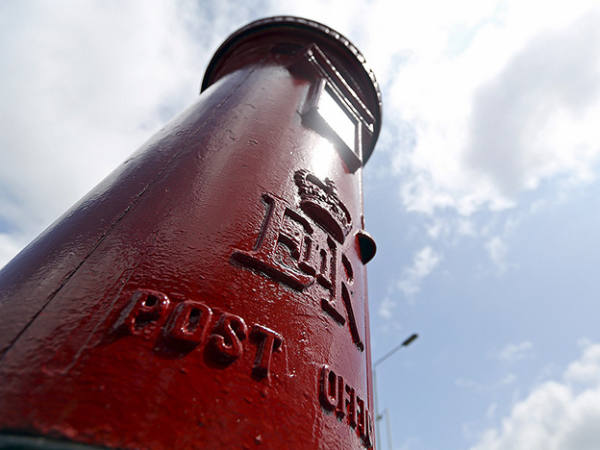The OBR expects the household savings ratio (on its present definition) to fall steadily from 5.1 per cent last year to 3.2 per cent by 2018. Thanks to this, it also expects households’ financial deficit (the gap between savings and investment, most of which is in housing) to rise from 0.6 of GDP at the end of last year to over 3 per cent by 2017, with a steady rise in households’ debt-GDP ratio. This forecast is necessary if you are to believe that government borrowing will fall in coming years; if one sector’s financial deficit is falling, another’s must rise.
However, it’s not clear that households are in a spendthrift mood. Official figures next week might show that retail sales growth in the first quarter was lower than it was early last year, while the CBI might report only steady sales growth for early April. This is consistent with Bank of England figures which show that whilst personal borrowing has picked up recently, its growth rates are far below pre-crisis levels.
There are good reasons to suspect that households won’t run down savings and raise borrowing as much as the OBR expects.
- Technical progress. For much of the 21st century, retail spending has been lifted by a flow of new products: laptops, iPods, games consoles, smartphones, flat-screen TVs, tablets and so on. This process, however, might be drawing to an end; we’ve stocked up on these goods, and it’s not obvious which new ones will come along.
- Heterogeneity. The “household sector” is a misnomer; there is not one sector, but millions of individuals. Which poses the question: who exactly is going to borrow more? Many households are already heavily geared and in no position to borrow more; the Bank of England estimates that nearly a third of households have less than £300 of income remaining per month after housing costs and other essential spending. And others of us are saving for our retirement. Sure, the numbers of retired people running down their assets will increase – but retired folk traditionally reduce their wealth only slowly.
- Habits and peers. Our spending depends in part upon what others are doing – the more our neighbours spend, the more we do – and upon what we’ve done in the past; spending is a matter of habit. This matters, because our habits have changed; the savings ratio is higher now than it was before the recession. We might, therefore, have fallen into a lower-spending habit.
- Income expectations. Our saving and borrowing depends to a large extent upon our expectations; if we expect our incomes to grow, we’ll tend to save less and borrow more. Certainly, in the last 12 months consumer confidence has increased. But can this continue? Yes, most macroeconomists believe the economy can return to its pre-crisis growth rates. But even that was a period of sluggish income growth for most households, and there’s a sizeable minority of economists who fear that growth will be lower. If households come to believe we’re in a period of secular stagnation, then borrowing will stay low.
Now, you might think that against all this stands the possibility that a housing boom will induce more borrowing. However, the OBR doesn’t expect such a boom; it assumes that house price inflation will actually slow. And even if we get one, it mightn’t do much to boost spending. As Citigroup’s Willem Buiter has pointed out, housing is not net wealth; a rise in house prices actually impoverishes those hoping to get onto the “housing ladder”, and might cause them to save more.
You might think this poses a problem; if household borrowing doesn’t increase as much as the OBR expects, nor will government borrowing fall as much. Personally, I think this matters but not for the public finances; a world in which households aren’t spending much is one in which interest rates are low and so public borrowing is sustainable. It is those who are hoping for rising interest rates who have most to fear if households don’t step up their borrowing.











